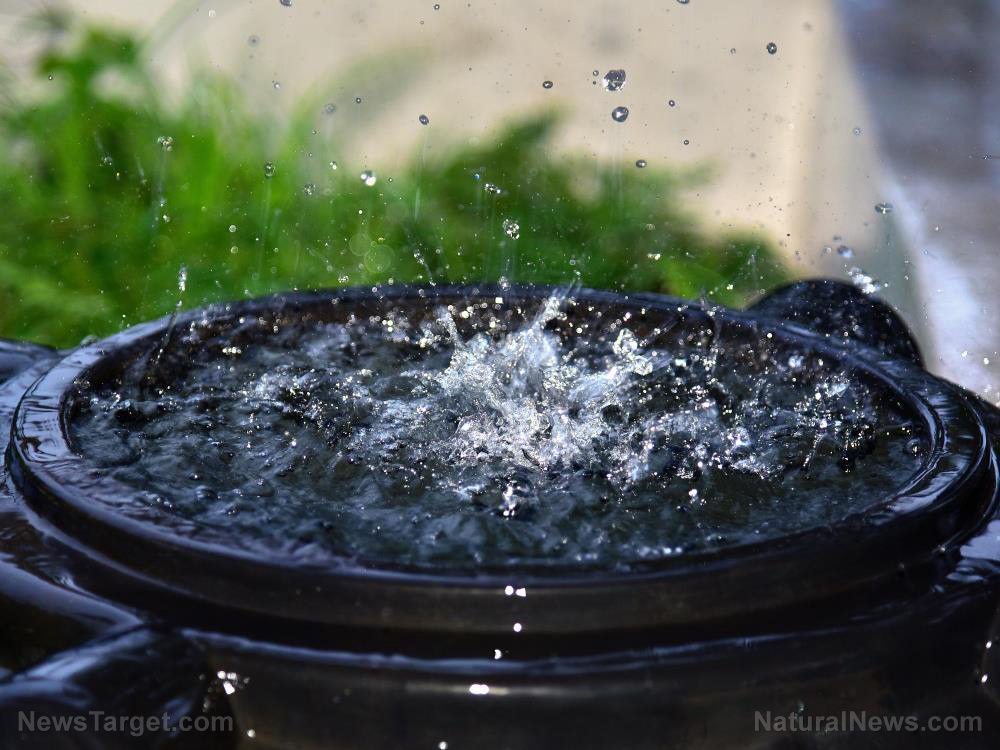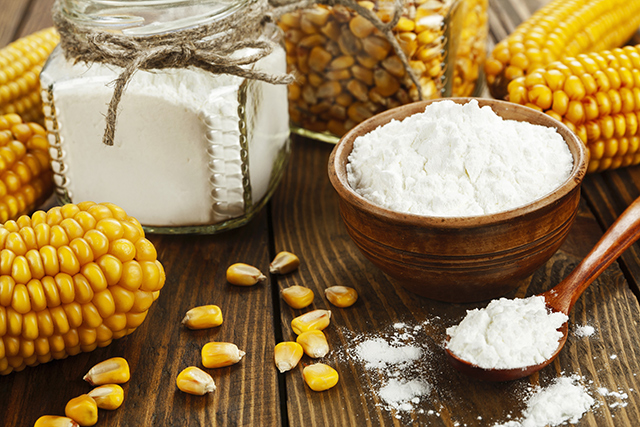New to homesteading? Here’s a quick starter’s guide
01/15/2016 / By usafeaturesmedia

(Homesteading.news) If you’re ever thought about what it is like to learn “homesteading,” there is no time like the present. Homesteading is not only relaxing and enjoyable, but the rewards you will reap in terms of self-sufficiency and life skills are going to be invaluable.
First of all, congratulations on taking your first step. You have a fantastic journey ahead of you – one that will be as exciting as it is fulfilling. And the great part is, you’re going to be able to take your family with you. Your children will learn right along side you and retain these skills for the rest of their lives, perhaps even passing them on to their children.
Now, by “self-sufficient,” we don’t necessarily mean “off-grid” living; you don’t have to dig a well and install solar panels (though you certainly can if you like). Rather, you’ll be able to cut out your trips to the grocery store, for instance, which will save you money and allow you to consume better, healthier foods. For one thing, you’ll actually know what’s in your foods; how’s that for a pleasant change?
You probably already know of the many farmers’ markets in your area. Maybe you’ve even been to a few of them. Well now, you’re going to have your own fresh foods and produce, and perhaps, if you’ve got some left over, you, too, can become a farmer’s market seller.
Okay, so let’s get started:
- What do you want to accomplish? The first thing you need to do is figure out to what extent you want to homestead. Do you want to raise chickens? Do you want to grow food? Raise meat? Have dairy cattle?
- Assess where you live: Can you homestead the way you want where you currently live, or will you have to buy some land?
- Decide first: If you believe you’ll have to move, then go back to No. 1 above so you can properly choose the property that will suit your needs.
- Don’t overdo it at first: Start off small; have realistic goals. Maybe just some tomato plants or other produce first, then move into other facets of homesteading.
- Put in the time to learn: Read what you can about the homesteading projects you want to take on before you actually do them. Get online and get involved in forums that discuss what it is you think you’d like to try. There is nothing like picking the brains of experienced homesteaders.
- Find a veterinarian: Before you purchase any kind of livestock you’ll want to check out the local vets and then register with or visit them to see if they treat the kind of animals you want to raise.
- Be ready for the circle of life: Living things die; that just happens. If your kids have never experienced this, think about how you’ll broach the subject with them before it happens.
- Fence it off: Good fences (for livestock) make for good neighboring. Check out the various kinds of fences; see what your neighbors are using. Ask around.
- Predators, anyone? You should know that wherever there are domesticated animals, there are going to be natural predators about. How you deal with them is up to you, but if you’re planning on using some sort of weapon, you must check with local authorities first to see what is and is not allowed on your property. Another potential solution is to get some dogs that will live outside; let them do the patrolling for you (because they will!).
- Try to plan ahead: This will be tougher at first because you’re just getting started, but as you get the hang of homesteading, you’ll be able to better plan your growing seasons, harvests and so forth.
Welcome to homesteading, and best of luck!
[H/T’s: Pioneer Settler, Natural News]
Homesteading.news is part of the USA Features Media network of sites.



















